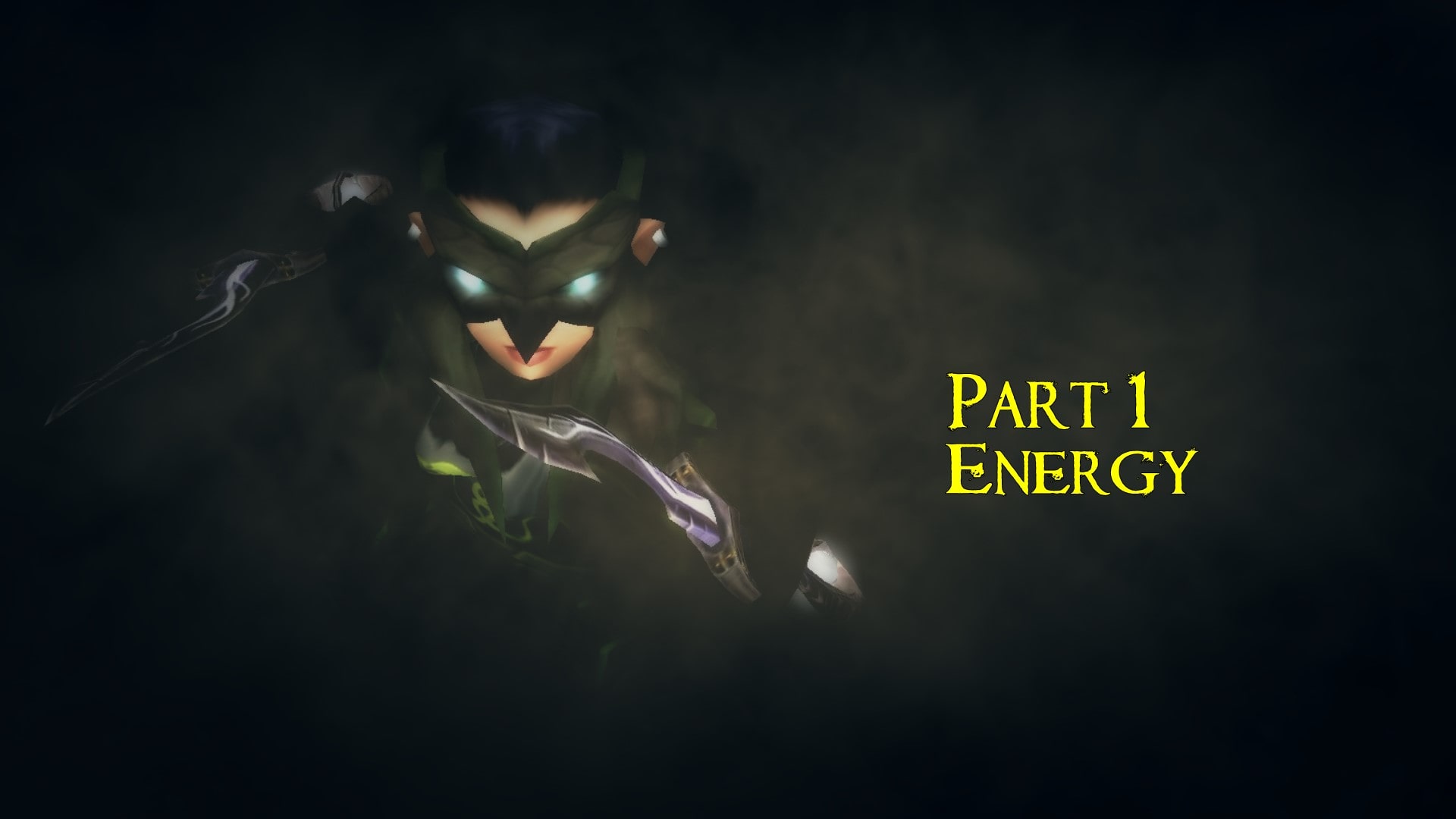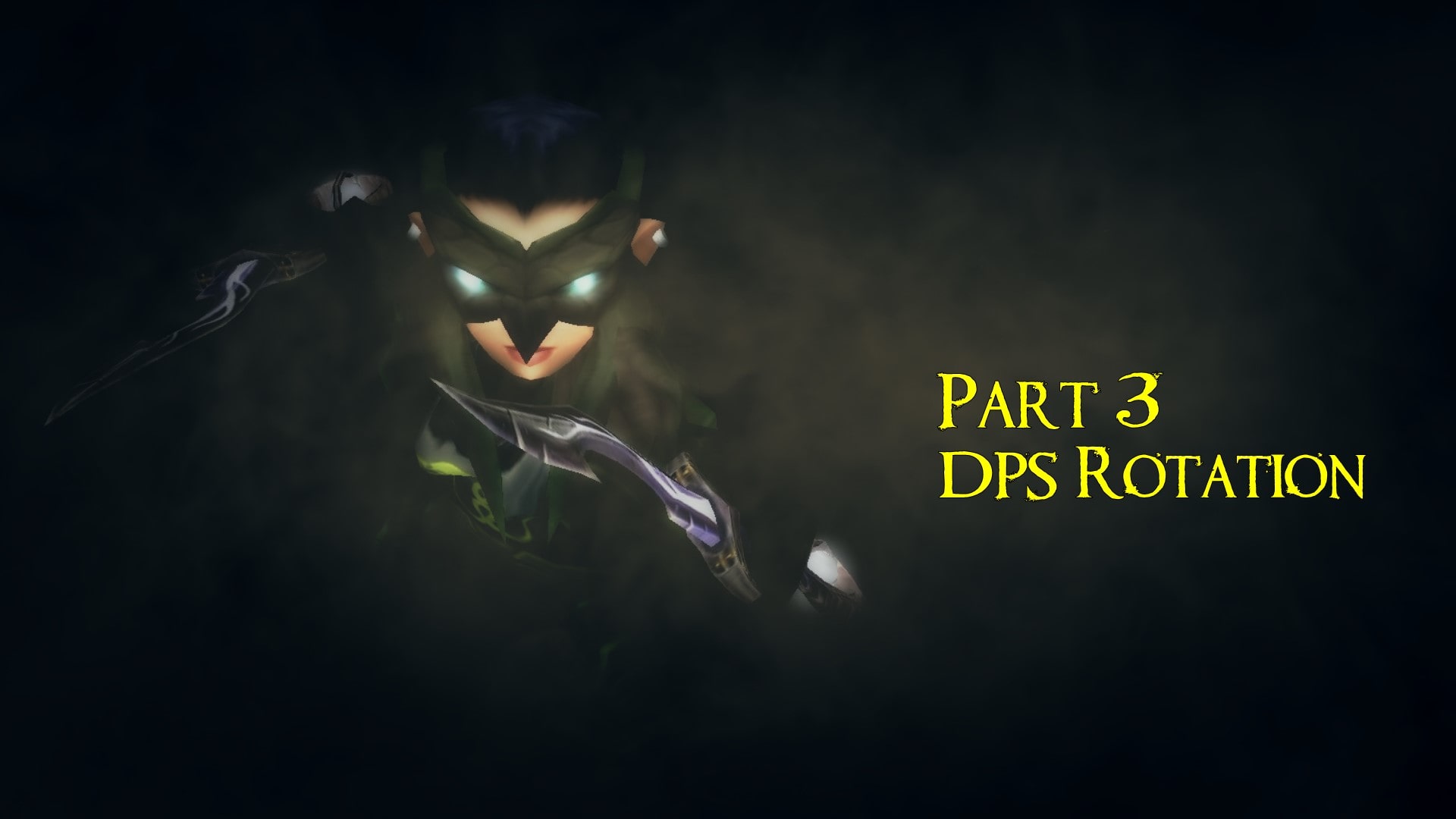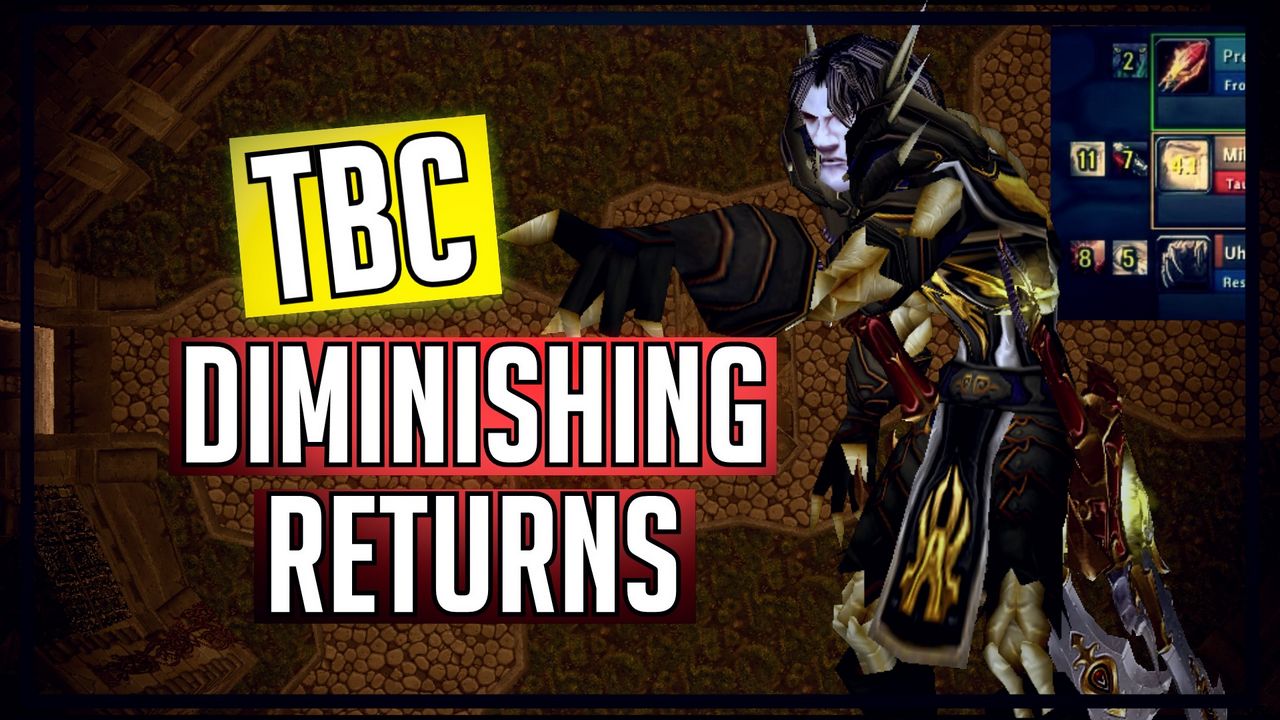Rogue PvP Mechanics 2/3: Combo Points
In the previous guide, we developed the way Energy works. In this guide, we’ll talk about combo points: why they’re necessary, how to build them, and how to spend them wisely.
Combo points: how do they work?
Combo points are a resource acquired through the use of various abilities that we’ll call “combo builders” (such as Sinister Strike, or Hemorrhage) and consumed with special attacks also known as finishing moves (eg. Eviscerate, or Kidney Shot).
Here’s the list of the rogue abilities generating combo points.
– Cheap shot
– Garrote
– Ambush
– Hemorrhage
– Shiv
– Ghostly Strike
– Mutilate
– Sinister Strike
– Backstab
– Gouge
Your goal is to generate combo points and use them efficiently in order to score a kill. This guide replies to multiple questions:
– How to build combo points?
– How to use combo point?
– When do I open with Garrote?
– How to use Slice and Dice?
– When Should I use Rupture?
– Should I use Envenom in PVP?
Openers
Rogue is a class that capitalizes on Stealth which allows the player to use specific abilities called openers. There are three openers:
– Cheap shot
– Garrote
– Ambush
Those abilities are your prefered way to start building combos on an enemy because they bring more than one combo point on your target. If you play with the popular Shadowstep specialization (including Ruthlessness), then, most of the time, you will be able to generate 3 combo points with Cheap Shot, 2 combos by using Garrote, and 2 combos with Ambush.
Ambush is the least used one because it costs a lot of energy and doesn’t crit a lot (unless you invested 3/3 points in the Improved talent) which makes it not better than your other damage abilities.
Premeditation (obtained through the talent from the subtlety tree) costs no energy and applies 2 combos on your target when used. It can be used only when stealthed. This allows for example to have directly 5 combos when using Premeditation + Cheap Shot on an enemy which leave you with multiple options:
– using a finishing move (like Eviscerate or Expose armor)
– using Blind or Shadowstep+Kick on a second enemy, and come back with a full Kidney Shot on your initial target
– get out of the line of sight of a second enemy, and come back with a full Kidney Shot on your target
– pooling energy
When do I open with Garrote?
You will be opening with garrote a lot against casters (especially mages who can Blink your Cheap Shot) but also warriors (because you don’t want to offer them a Second wind proc). Once you get used to the correct angle that allows you to apply abilities such as Garrote and Rupture without breaking Sap (before the bleeding tick), you will enjoy making this kind of opener against sapped targets.
Against high stun-resisting targets, one could also think about securing openers with Garrote, but all that comes with experience.
To help you with this specific topic, I listed every rogue’s openers in a dedicated guide.
This leads us to our second point: the combo builders.
Combo builders
The abilities that we call combo builders are the one that awards you with at least one combo point. Besides the 3 openers mentioned above, here’s the list of abilities that allows building your combos:
– Hemorrhage
– Shiv
– Ghostly Strike
– Mutilate
– Sinister Strike
– Backstab
– Gouge
– Premeditation
The main combo builders
Since more than 90% of PVP rogues are running the Shadowstep specialization, let’s focus on it and talk about your preferred combo builders:
– Hemorrhage
– Shiv
Hemorrhage is one of the rogue’s favorite abilities because it has a low energy cost (compared to Backstab), deals solid damages, brings an interesting debuff on the enemy, and awards one combo.
The second ability that you’ll be using quite often is Shiv. Its purpose is to apply poisons more than doing damage. But correctly managing your weapons and poisons will allow you to deal damage or keep your pressure upon the enemy. For example, making sure to keep your enemy affected by Crippling poison guarantees you more damage because your uptime on the enemy is better, meaning that you’re able to auto-attack more often, as well as using abilities.
Against another rogue with Evasion up, spamming Shiv also comes in handy because it cannot be dodged contrary to your Hemorrhage. This is a great way to build combos to prepare a Shadowstep + Kidney Shot during which you will be able to ignore his evasion and land 2 or 3 Hemorrhages safely, for example.
The secondary combo builders
Gouge and Ghostly Strike are more situational abilities. The combo point they provide isn’t always the reason to use the spell.
– Gouge is mostly a good way to control the enemy while buying some time (for a cooldown to come back, for a partner to connect etc.)
– Ghostly Strike is similar to a mini Evasion that increases your chances to dodge by 15% for 7sec. Sometimes you will use it for the buffed damage (125% weapon damage) paired with a Shadowstep (+20% damage on the next ability). Juicy crits guaranteed.
Backstab is not used on TBC (not even bound), and Mutilate is reserved for Assassination players.
Finishing moves
The interest of generating combo points on your enemy is to consume them with special attacks commonly named finishing moves. The more combo points you have, the more powerful they are.
Your finishing can be used for different purposes such as controlling, damaging, or debuffing your enemy. Here’s the list:
– Kidney Shot
– Eviscerate
– Rupture
– Slice and Dice
– Expose Armor
– Envenom
– Deadly Throw
For the most impactful abilities, you’ll be looking to use them once you have built at least 4 or 5 combos on your enemy. This is especially true for Kidney Shot, Expose Armor, Eviscerate. Of course, sometimes you will use them with fewer combo points, but it is a lot more situational
How to use Slice and Dice?
Slice and Dice is often used with 1 to 3 combos, depending on the situation.
This finisher is very important because it brings more damage to your target by increasing your melee attack speed by 30%. But you have to make sure that you will have good uptime on your target before using it. There’s no point using Slice and Dice, and getting Feared for 10 seconds for example. So, usually, Slice and Dice will be impactful when you are sure that you can “tunnel” your target. Make sure to have him snared or to be unstoppable to make the most out of it.
The second situation in which Slice and Dice is really worth is before swapping on another target.
We’d recommend using your combo points left for a Slice and Dice (especially if you have more than 2 points) to make sure that you did not waste them. Having this attack speed increase for a switch is always of interest, especially if you’re looking for killing your opponent on that switch.
When should I use Rupture?
Rupture has two major purposes:
– Against big armor targets (plate players like Warriors), Rupture is your favorite finisher because it ignores armor, as opposed to Eviscerate which will end up being a very low source of direct damage most of the time. Usually, you’ll look for applying your Rupture with at least three combos on your enemy.
In our guide about the different rogue openers, we detailed a good situation to use the Rupture when paired with Garrote. This is usually the way you will open most enemy warriors, at least in 1v1 situations.
– Against stealthy classes to apply temporary bleeding. It’s especially of interest against rogues, to prevent them from vanishing away. Most of your damages are coming from direct attacks (hemorrhage, eviscerate, auto-attacks), and Rupture mostly comes over it like the cherry on the cake, so you don’t really look for doing 4-5 combos rupture on them (especially if you tend to push his PVP trinket in order to Blind him).
There are probably a few more situations to talk about when it comes to using Rupture, but they’re up to your preference, and experience, and it’s better to learn them by yourself.
Do I need Envenom for PVP?
This spell is not really a mandatory ability. I personally (Sbkzor) enjoyed using this ability against big armor enemies, but it’s far from being mandatory. if you’re able to manage your poison and weapon swaps until the point where you find windows to apply Deadly Poison stacks, then Envenom becomes really cool to use. But let’s be honest, 99% of rogue players always skipped both Deadly Poison and Envenom, this is pretty much the last thing you need to focus on, as a PVP’er.
Deadly Throw is especially interesting once you wear PVP Gloves (which could be a gearing priority if you’re jumping in arenas as soon as the season starts.) because apart from being a ranged snare, it also interrupts the enemy’s casting.
There are no specific rules with Deadly Throw. Using it when your enemy tries to kite you is great if you can’t reach him with your Shadowstep. You can also use it to finish off your enemies when they’re about to die especially if you’ve got a lot of combos on your target.
Now that you know everything about combo point generation and usage, it’s time to talk about one more important topic: the rogue PVP rotation.
Read more about the rogue PVP mechanics




